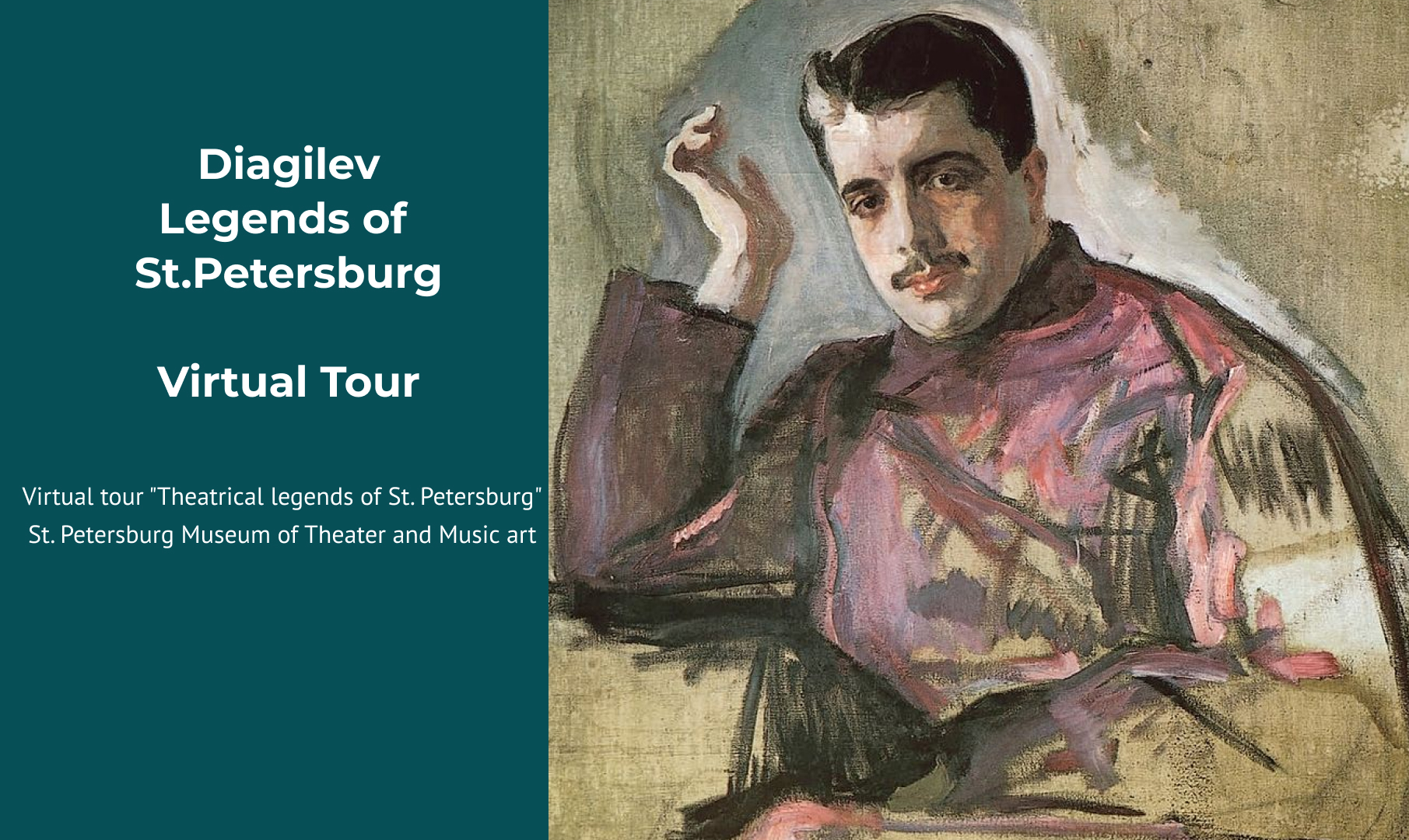150th anniversary of the birth of Sergei Diaghilev, Russian artist and impresario
Director of the State Museum of Theatrical and Musical Art in St. Petersburg, Natalia Metelitsa is also an honored worker of culture of the Russian Federation and the artistic director of the International Festival of Arts “Diaghilev. Post Scriptum”. During this conference, she spoke in her lecture about the personality of Sergei Pavlovich Diaghilev through the prism of his relationship with artists, composers, dancers.
The social circle of this eminent impresario, in particular his enemies and his most loyal allies, has never been studied from an artistic point of view. Until his death, no one had imagined how vast his circle of friends was and the endless number of doors he opened to a plethora of dancers, choreographers, composers and artists. Among Sergei Diaghilev’s countless collaborations, we can cite those with Valentin Serov, Léon Bakst, Alexandre Benois, Nicolas Roerich, Michel Larionov, Natalia Gontcharova, Marie Laurencin, Pablo Picasso, Giorgio De Chirico and so many other illustrious artists from the Twentieth century. The Russian impresario also commissioned music from Igor Stravinsky, Richard Strauss, Maurice Ravel, Claude Debussy, Sergueï Prokofiev, Erik Satie, Darius Milhaud, Manuel de Falla, Constant Lambert, etc. Sergei Diaghilev had also befriended other great patrons of art, such as Savva Mamontov, Misia Sert, Countess Élisabeth de Riquet de Caraman-Chimay, and Winnaretta Singer, Princess of Polignac.
The video tour introduces the exposition of the Theater Museum, which is revealed in the construction of the former Directorate of the Imperial Theaters, where Sergei Pavlovich worked from 1899 to 1901 as an official by appointment under the director Prince Sergei Volkonsky.
At the heart of its museum collections — made up of more than 450,000 pieces — are sketches, theatrical costumes and authentic photos from the Directorate of Imperial Theaters. There are also pieces from the private collections of the late actors Maria Savina and Ivan Gorbounov, the playwright Vladimir Vasilievitch and the patron and collector of works of art Levkii Zheverzheev. Inaugurated in 1918, the National Museum of Theatrical and Musical Art opened its doors to the general public on May 16, 1921. Since then, it has remained one of the lungs of the theatrical life of Saint Petersburg. At present, the museum houses several permanent exhibitions. The exhibition “Theatrical Legends of St. Petersburg” was awarded the Grand Prize at the Museum Olympus Awards in 2009 and 2011. The latter brings together rarities from the history of Russian theater from the 18th to the 20th centuries, including costumes pictures made in the workshops of the Imperial Theatres, portraits of famous actors, pointe shoes of famous ballet dancers, models and sketches of Silver Age artists, such as Alexandre Benois, Léon Bakst and Alexandre Golovin. As for the works of Malevich, Tatlin, Bruni and Kozintsev, they represent the Russian theatrical avant-garde.
The “Ballet Class” exhibition, decorated several times, gives the public the opportunity to try out the machines on which Anna Pavlova, Vaslav Nijinsky, Galina Oulanova and Natalia Dudinskaya practiced. Holograms of Nikolai Tsiskaridze, Rudolf Nureyev, Mikhail Baryshnikov and Diana Vishneva show you the basic ballet steps. This exhibition attempts to best represent the Ballet Academy of St. Petersburg, whose flagship were the ballets of Marius Petipa. The historical section of the exhibition brings together two masterpieces from the Petipa era and pieces from Diaghilev’s early “Russian Seasons”.


